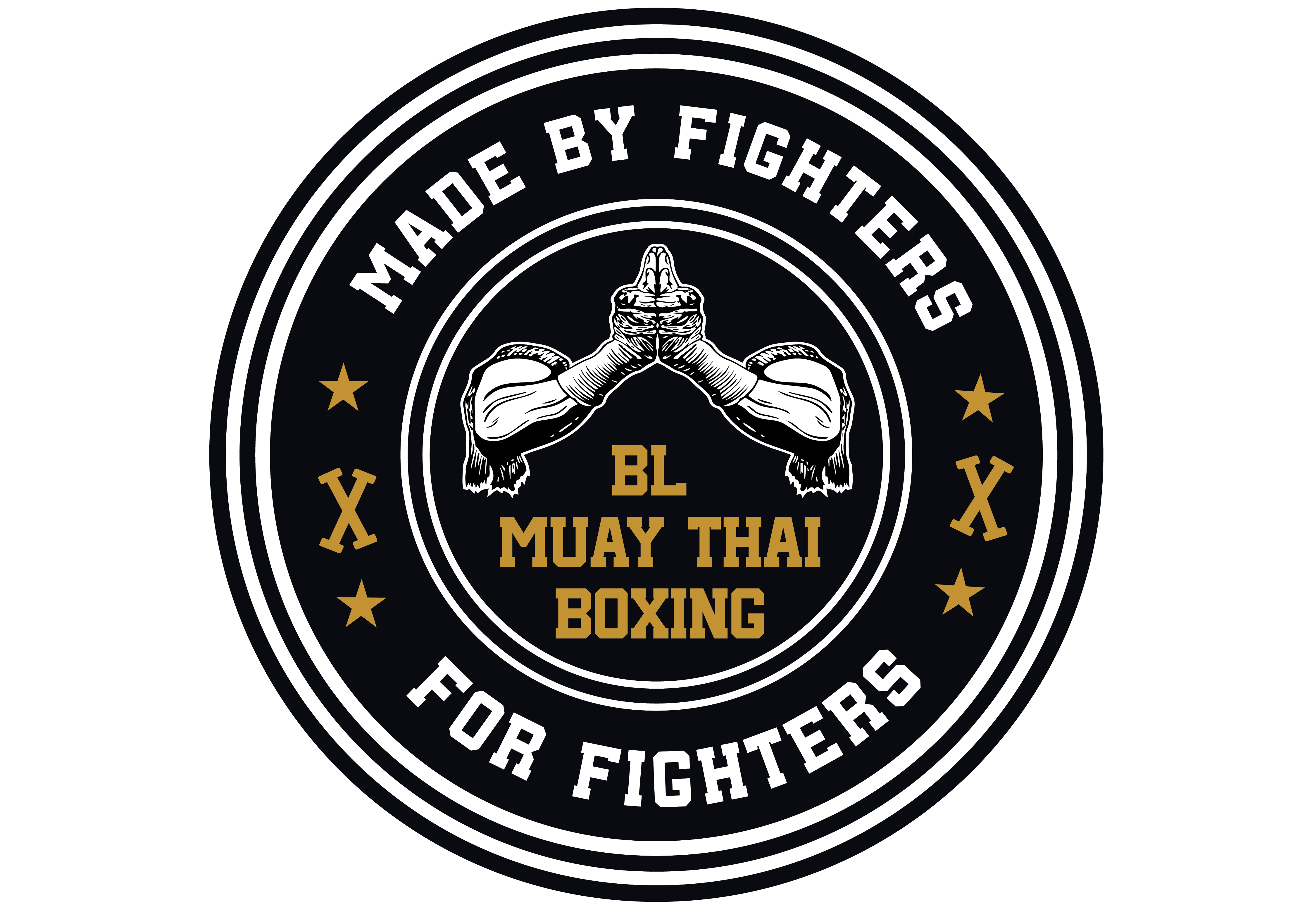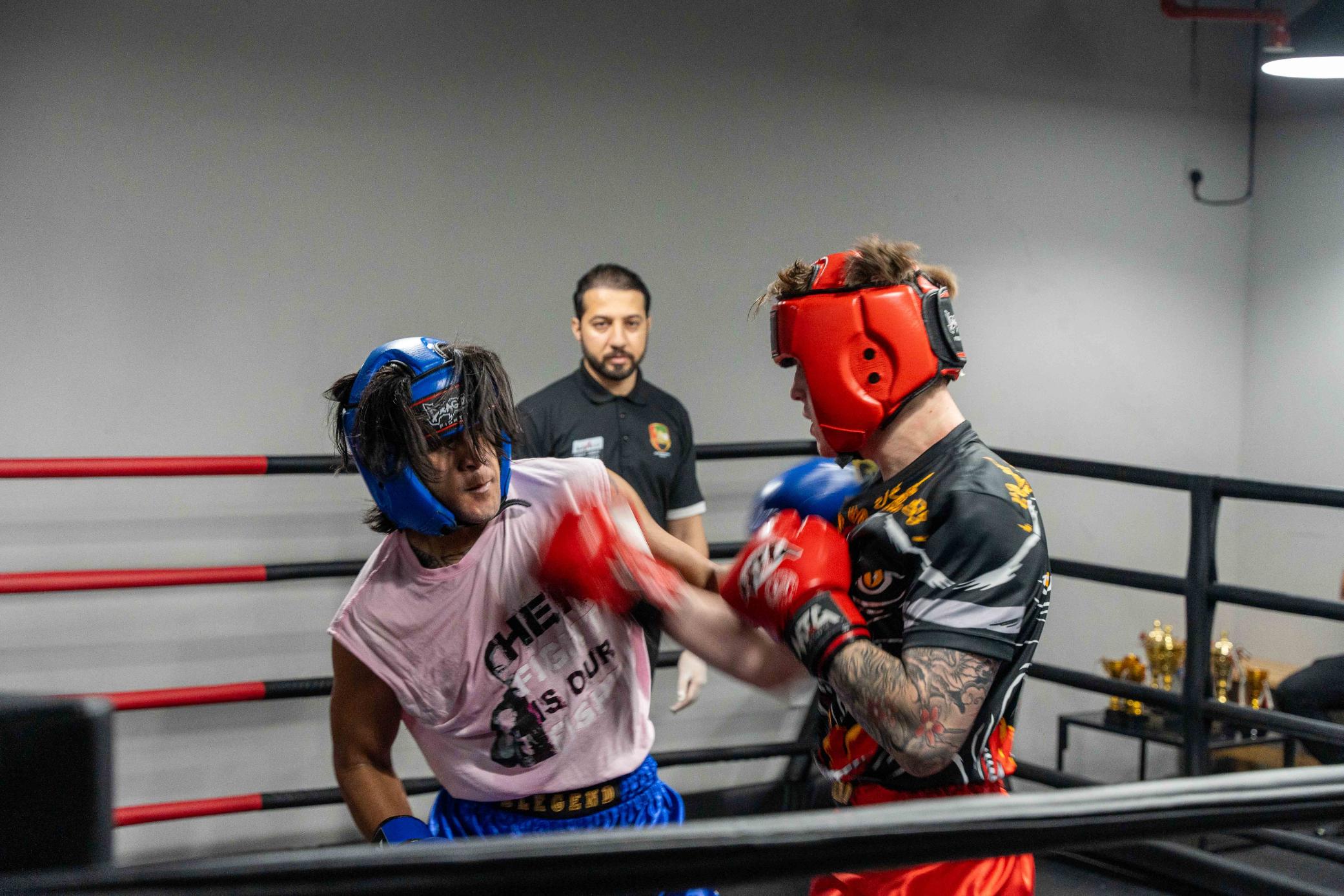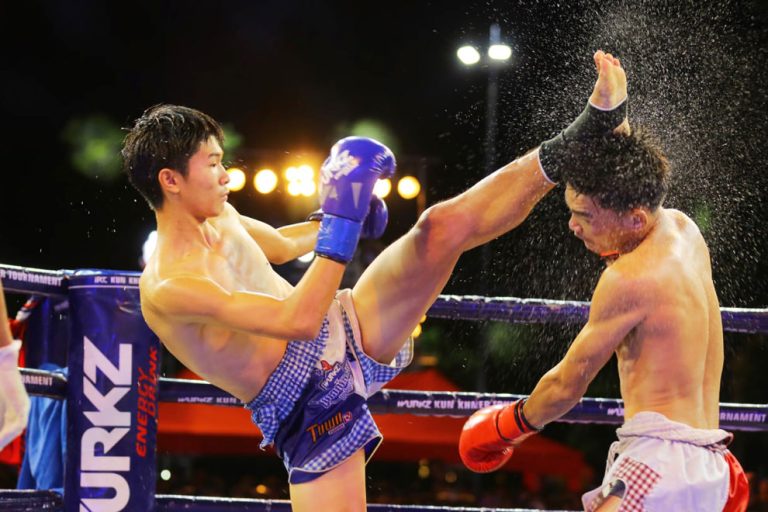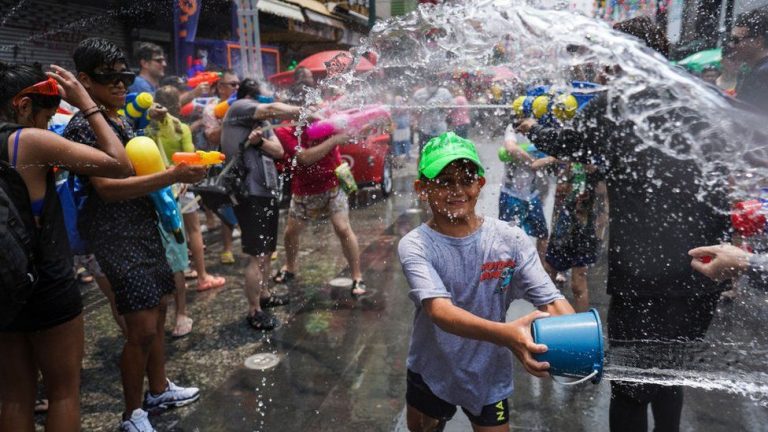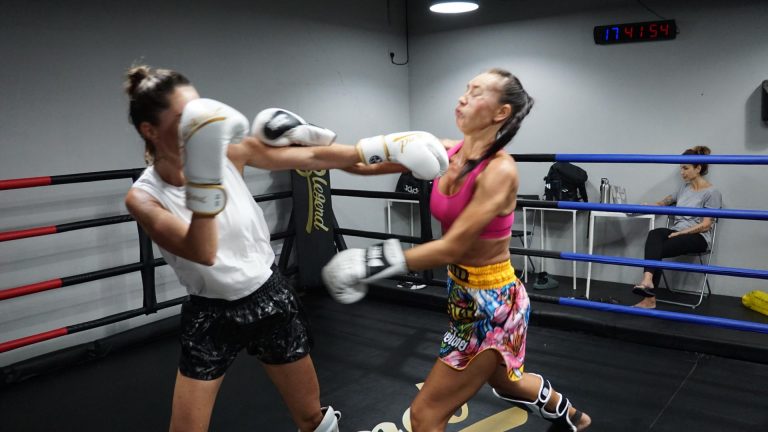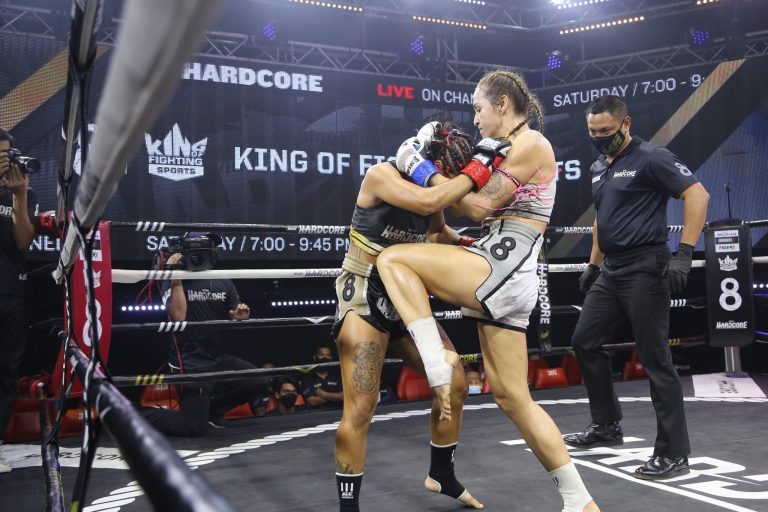The history of Muay Thai is intertwined with the history of the Thai people, reflecting their resilience, traditions, and the evolution of their society. Unlike other martial arts that typically use two or four points of contact, Muay Thai’s diverse striking techniques and deep-rooted traditions have earned it global recognition and respect.
Muay Thai is not only a method of self-defense but also a way of life, embodying the spirit, culture, and resilience of the Thai people. Today, Muay Thai is practiced and competed in worldwide, with enthusiasts ranging from professional fighters to fitness enthusiasts and cultural aficionados.
What is Muay Thai?
“Muay” translates to “boxing” in Thai, and thus, Muay Thai is literally Thai boxing. It evolved from ancient Thai martial arts known as Muay Boran, which was originally developed for military use. The transformation of Muay Boran into Muay Thai began in the early 20th century when British boxing influences introduced standardized rules, the boxing ring, and the use of padded gloves instead of traditional hand wraps made of rope, known as Kard Chuek.
Muay Thai is a stand-up striking sport where two competitors engage in a full-contact match, employing punches, elbows, knees, and kicks. The sport also allows clinching, sweeps, and throws, adding a layer of complexity and strategy to the competition. Traditional elements such as the Wai Kru Ram Muay (a pre-fight dance ritual), the wearing of the Mongkon (a ceremonial headpiece), and the Sarama music that accompanies the fight are integral parts of Muay Thai, distinguishing it from other combat sports.
For a comprehensive guide on Muay Thai techniques, visit this ultimate guide to Muay Thai.
The History of Muay Thai
The origins of Muay Thai can be traced back to the 13th century during the Sukhothai Kingdom, a period often regarded as the dawn of Thai history. As the kingdom sought to defend itself against neighboring powers, soldiers were trained in both armed and unarmed combat, the latter of which would eventually evolve into Muay Boran and later Muay Thai.
The martial art became an essential part of Thai culture, especially during the Ayutthaya period when Siam (as Thailand was then known) was frequently at war with neighboring states. One of the most legendary figures in Muay Thai history is Nai Khanom Tom, who, according to folklore, defeated nine Burmese fighters consecutively during his captivity after the fall of Ayutthaya. His victory is celebrated annually on March 17th as Muay Thai Day.
As Muay Thai continued to develop, it gained formal recognition during the Rattanakosin Kingdom era (18th-early 20th century), when it was officially established as a national sport with standardized rules and regulations.
For a deeper dive into the history of Muay Thai, check out this detailed history.
Modern Muay Thai
Since World War I, Muay Thai has evolved into a globally recognized combat sport. Modern Muay Thai incorporates elements of traditional boxing, including the use of padded gloves, rounds with time limits, and matches held within a ring. Despite these modern adaptations, the sport retains its traditional techniques, many of which are derived from Muay Boran.
Muay Thai fighters utilize a wide range of strikes, including punches (such as jabs, crosses, hooks, and uppercuts), kicks, elbows, and knees. Clinching, sweeps, and throws are also integral to the sport, making it one of the most comprehensive stand-up striking arts in existence. The effectiveness of Muay Thai has made it a popular discipline among mixed martial artists (MMA fighters) who incorporate its techniques into their repertoire.
https://blegendgym.com/the-2-most-iconic-temples-of-muay-thai-lumpinee-rajadamnern/Two of the most prestigious arenas for Muay Thai are the Lumpinee and Rajadamnern stadiums in Bangkok. Competing at these venues is a dream for many fighters, both Thai and foreign. Read more about Muay Thai Stadiums
How to Improve in Muay Thai
Improvement in Muay Thai requires dedication and consistent practice. Professional fighters in Thailand often train twice daily, six days a week, and compete regularly. While most practitioners may not have the time to train at this level, consistency is key to progress.
Here are some tips to improve your Muay Thai skills:
- Regular Training: Attend as many training sessions as possible. Consistency is key.
- Cardio and Strength Training: Build your stamina and strength with running and weight training.
- Listen to Your Kru (Trainer): Trust and respect your trainer’s guidance.
- Practice Combos: Drill combinations like jab-cross-low kick until they become second nature.
- Spar Regularly: Sparring helps you apply techniques in real-time against an opponent.
The Benefits of Muay Thai
Muay Thai offers a wide range of benefits, both physical and mental. While some train to compete, many others take up Muay Thai for its fitness benefits, including:
- Improved Cardiovascular Health: Muay Thai is a high-intensity workout that boosts heart health.
- Increased Strength and Endurance: The rigorous training builds muscle and endurance.
- Weight Loss: The sport is an effective way to burn calories and lose weight.
- Stress Relief: The focus required in training can help reduce stress and improve mental health.
- Self-Defense Skills: Muay Thai teaches practical self-defense techniques.
What to Wear for Muay Thai Training
When training Muay Thai, the right attire and equipment are essential. Here’s a breakdown of what you’ll need:
1. Muay Thai Shorts: Muay Thai shorts are designed for maximum mobility, allowing fighters to kick and move freely. They are typically made from lightweight materials like satin or polyester.
2. Muay Thai Gloves: Gloves used in Muay Thai are more evenly padded than traditional boxing gloves to protect against kicks and elbows. For training, gloves with velcro closures are preferred for ease of use.
3. Hand Wraps: Hand wraps provide support for the wrists and hands, minimizing the risk of injury.
4. Ankle Guards: Ankle guards are optional but can provide additional support and warmth to the ankles.
5. Mongkon and Prajiads: The Mongkon (headpiece) and Prajiads (armbands) are traditional items worn during competitions. These are considered sacred and are usually blessed by monks.
Ready to take your Muay Thai to the next level and become a clinch master?
Contact Blegend Gym today and start your journey to Muay Thai dominance!
Blegend Gym: Where Champions Are Made.
#MuayThaiClinch #ClinchControl #MuayThaiTechniques #BlegendGym #DubaiFitness
